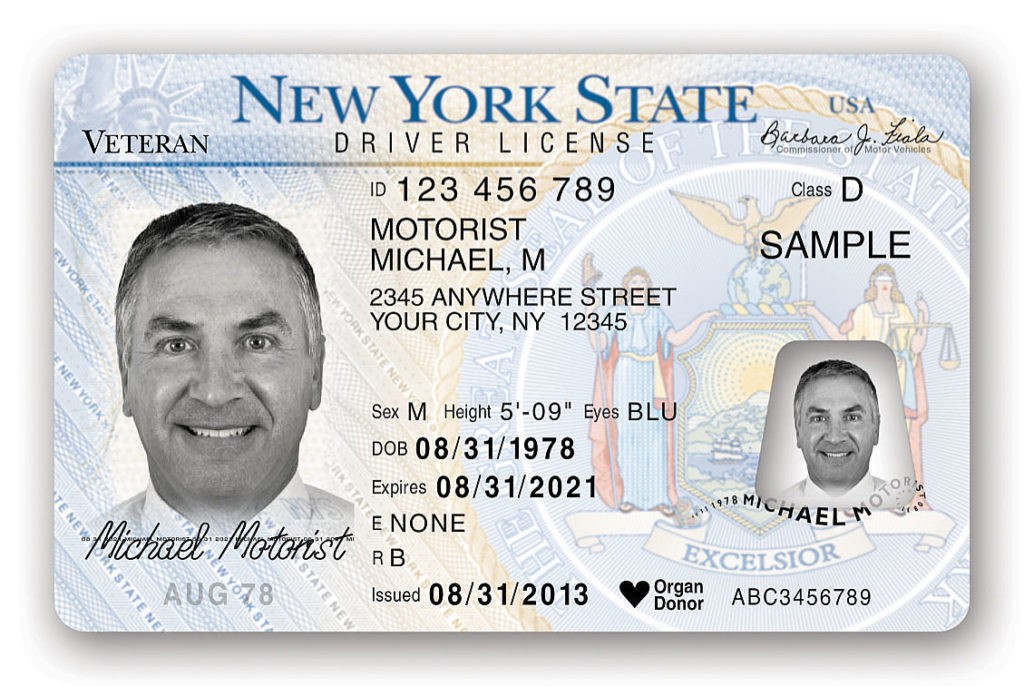
Why the number of driver's licenses is declining in the US
Content
Where we live and how we move is changing, and millennials are leading the way. Millennials aged 18 to 34 (also known as Generation Y) now outnumber the Baby Boomer generation. There are 80 million millennials in the US alone, and their economic power is changing almost every aspect of our society, including transportation.
Unlike previous generations, millennials are moving away from buying white-palisade country homes in favor of apartments located in so-called nearby towns. Gen Yers enjoy living in or near major cities because the things they want and desire are close by. Urban planners across the US recognized this trend years ago and built affordable housing, restaurants and retail space to attract millennials.
But explaining social change in terms of simple answers like affordable housing, restaurants, and proximity to entertainment is only part of the answer. Living in urban areas has become a way of life, and this way of life is in many ways rooted in the foundations of the economy.
crushing debt
Millennials have a trillion-pound gorilla on their backs. The gorilla is called student debt. According to the Consumer Financial Protection Bureau, millennials are on the hook because of $1.2 trillion in student loan debt, $1 trillion of which belongs to the federal government. The remaining $200 billion is private debt, which entails punitive interest rates that sometimes exceed 18 percent. Today, students leave school with debts twice as high as they were in the early 1980s.
With such a debt burden, millennials are acting prudently—they live close to big cities that have good access to public transportation, job opportunities, and places to socialize. Simply put, they don't need a car.
Millennials are moving to so-called nearby cities like Hoboken, New Jersey. Hoboken is located across the Hudson River from Greenwich Village in Manhattan. What attracts millennials to Hoboken is that rent here is cheaper compared to Manhattan. It has trendy restaurants, shops, and a vibrant arts and music scene.
However, this list does not include parking. If you live in or visit Hoboken, be prepared to walk, bike, use the tram, or use taxi services like Uber to get around because unless you're really lucky you won't find parking.
Luckily, those who live in Hoboken don't need much encouragement to look for alternative modes of transportation. Nearly 60 percent of its residents already use public transport, the highest rate of any city in the country. The subway runs from Hoboken to Pennsylvania Station and Manhattan's Battery Park, making New York City easily accessible, while light rail travels up and down the New Jersey coastline.
Hoboken isn't the only city attracting millennials. The San Francisco China Pool area is located next to AT&T Park, where the San Francisco Giants play baseball. The area was once dotted with abandoned warehouses and dilapidated parking lots.
Now, hundreds of newly built apartments and condominiums stretch a mile and a half from the stadium. New restaurants, cafes and retail stores have moved into the area, transforming it into a fashion enclave. Those who live in China Basin are a 15-minute walk from Union Square, the heart of San Francisco.
And what is missing in the China Basin? Parking. To get there, it is best to take a train or take a ferry because parking is difficult to find.
When urban communities combine affordable housing, good public transportation, and close proximity to all the attractions a major city has to offer, who needs a car or a license?
Fewer licenses issued
A study by the University of Michigan Transportation Research Institute found that only 76.7% of young adults aged 20 to 24 now have a driver's license, compared with 91.8% in 1983.
Perhaps even more strikingly, only a quarter of 2014-year-olds were eligible in 16, compared with nearly 50 percent in 1983. Once upon a time, getting a driver's license was an important step on the road to adulthood. It's not like that anymore.
To get around the problem, Gen Yers are doing what they do best, turning to technology to find answers. When they need to get to work or want to meet up with friends, they open the app to see if the subway runs on time, map the shortest walking route, find the nearest bike rental station, or plan a ride with Lyft, another on-book ride.
With so many options, owning a car, paying for insurance, and renting a parking space is no start. Millennial family budgets are already depleted.
Companies have adapted to the new norms. In San Francisco, companies like Google operate shuttle buses from locations across the bay to the company's headquarters in Mountain View, in the heart of Silicon Valley.
Millennials not only view shuttle bus rides as an alternative to driving, but also as adding a few extra hours of productivity to their day while someone else is driving.
Other companies, such as Salesforce.com and Linked In, have opened large offices in downtown San Francisco to make it easier for employees to get to work and bring technology back to the city.
Rethinking the way we interact in society
Just as technology has turned the taxi industry on its head, it has also changed the definition of communication. According to a report by marketing firm Crowdtap, millennials spend nearly 18 hours a day watching media. They use social media to "connect" with people with similar interests, share opinions, give advice, talk about their lives, and plan meetings with each other.
For example, when millennials decide to get together, they text each other to find out what the group wants to do. If they want to try a new restaurant, someone will go online to check options and read reviews. And to get to the restaurant, they will use public transport or taxi services. Why? Because it's easier, there's no need to search for or pay for parking, and you can safely have a good time (i.e. no designated drivers needed).
Communication between the group is real-time, decisions can be made instantly, bookings can be made online and travel options can be explored with a few clicks.
Millennials also use technology when they want to stay at home and socialize. In the mood for pizza but too lazy to go out? Tap a smiley and it will be at your door within 30 minutes. Do you want to watch a movie? Launch Netflix. Interested in finding a date? There is no rule that you have to leave the house, just log into Tinder and swipe right or left.
When millennials have that kind of power in the palm of their hand, who needs a license?
Driving education
For millennial teens, getting a license is no longer as easy as it used to be. A generation ago, driving education was part of the school curriculum, where would-be drivers were taught to drive both in the classroom and in real life. At the time, getting a license was easy.
Those days are long gone. Teenage drivers are now required to take a driving course at their own expense and spend several hours on the road before they get a restricted license.
In California, for example, new drivers are not allowed to carry passengers under the age of 20 unaccompanied by adults, and teenagers cannot drive from 11:5 a.m. to XNUMX:XNUMX p.m.
Some Californian millennials say the process is not worth the time or money.
The future of driving licenses
Will the driving license trend continue? This is a question that politicians, urban planners, transportation experts, financial analysts and real estate professionals face every day. Much is known: With entry-level salaries and high levels of debt, a large number of millennials are not eligible for auto loans or home mortgages. With that in mind, will there be mass migration to the suburbs or a stampede to buy houses? Probably not in the foreseeable future.
Car and truck manufacturers sold 17.5 million vehicles in 2015, up nearly six percent from the previous year, according to the Wall Street Journal. Will the industry develop further? This question also remains open, but growth is unlikely to come from millennials. At least not for long. With the amount of student debt that millennials are carrying, they won't be able to qualify for reasonable auto loans anytime soon...which could slow down the economy.
Will the number of millennials with driver's licenses increase? It's anyone's guess, but as student loans pay off, incomes rise, and gas prices remain low, millennials may consider adding a car to their household budget. Especially when they have families. But none of this will happen overnight.
If millennials decide city life is the new normal and resist the urge to get a license, you could find yourself in shorter lines at the DMV.

